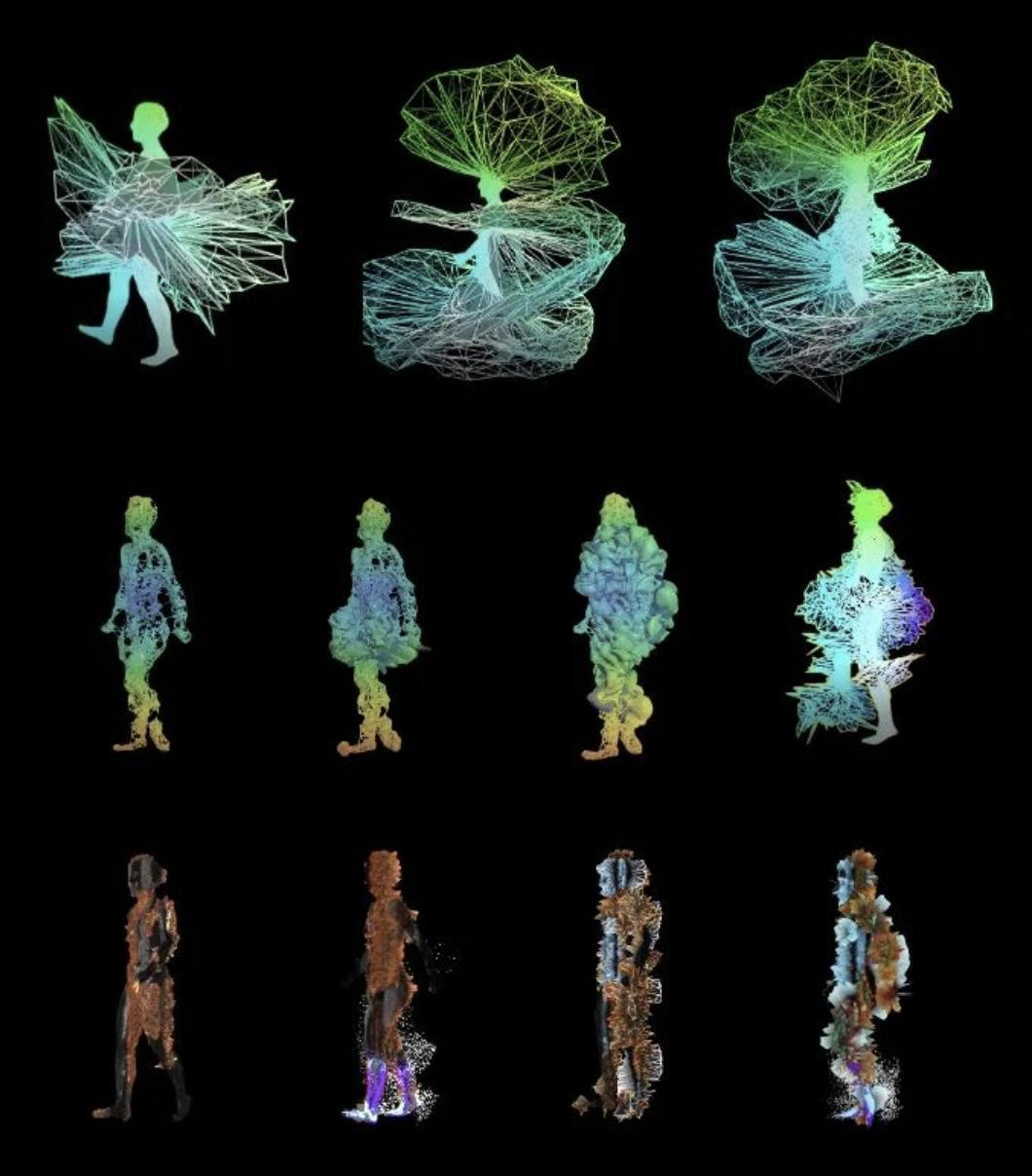We have probably all already dealt with the term exotic in the course of our lives, but if I asked you, dear reader, now where this word really came from, would you be able to give a concrete answer? What do you imagine when you think of the term exotic? How does the answer differ depending on your origins? Assuming you come from European origins, on what cultural, social and political foundations are your image of exotic really built? And if you come from a Middle Eastern or non-European country, how is this term used in your country?
There is an ambivalence in the perception of the exotic and the common. For example, bananas are so deeply integrated into Swiss culture that even the pictograms of trash show a banana peel. Yet, we wonder about dragon fruit and guava.
Nikola Antolkovic
The exotic is seen as different and thus interesting while being different also comes along with the unease and might face rejection. This ambivalence was of interest to me, in a way that I wanted to research and see how it affects me. I found myself not being able to answer any questions but generating much more.
Needless to say that words do change in meaning depending on the context and use, yet some terms hold behind a much broader and intersected meaning which can lead to an overused and/or abused adoption of it.

Any description with which we describe anything or anyone is always dependent on our basic cognitive bias thoughts, which are partly innate and mostly nurtured according to the context in which one grows up. Of course, some biases are personal, but if one looks at them from a socio-cultural perspective, it is not so hard to observe relevant tendencies that ultimately conform to what we call cultures, thus defining traditions, tastes, behaviours as well as, unfortunately, stereotypes and prejudices.
So following the reasoning, if something is described as alive, it is because it is not dead; if a person is rich, it is because they are not poor, and so on. However, this dualistic thinking creates a very labelled and categorised logic, and when you no longer identify or even force yourself to fit with these two poles you realise how restraining they are and how much more colours the world offers than just black and white. Sure, from a scientific point of view dualistic thinking may be helpful, but what happens when we shift our gaze from a human perspective. Look for example at male and female, heterosexual or homosexual, exotic and… Wait, what is the “contrary” of exotic? Common? Boring? Uninteresting? Ordinary? White?


You see, it is quite a bit of an odd situation. Well, this is exactly where the design class of Trends&Identity from the School of Applied Sciences (ZHdK) in Zurich, Switzerland, during a five-week art curating project led by professor Johannes Willi, decided to base their work on. And where can we find the term exotic more than in a museum of cactuses and succulent plants from distant countries? Yes, this museum is called “Sukkulenten Sammlung” and is located not far from the centre of Zurich. The class decided to reinterpret this place from the point of view of the term exotic, trying to evoke as much as possible the ambiguous and colonialist meaning this word is used for. If a special cactus is described as exotic because it comes from the foreign desert of Tatacoa in Colombia, would a pine tree from the Alps be named as such if it were collected in a museum in South America? I hardly doubt it. And this happens because of the historical colonial appropriation and of the cultural background these words holds.
As a Mexican woman, the plants showcased in the Sukkulent Exhibition were normal and familiar to my eyes. Nevertheless, the word exotic kept on being used to describe cactuses overall. To the eyes of the locals here they appear different than what they are used to, and their curiosity leads these plants to be somehow elevated and at the same time to be cautious about them. I find this ambiguity funny and interesting to observe.
Sahili Albert, student and curator
Using recycled plastic elements, the students re-imagined the plants they had seen, recreating them in their own way. In doing so, an ambiguity was created between the plants seen in the collection, praised and elevated for their uniqueness and origin, yet fragile as they would die if placed outside the greenhouse in which they are displayed, and the plastic plants, a boring, overused and banal material. They question the perception of what is considered different, but somehow also fetishized. The exhibition was enriched with a video installation, a catalogue whose function was to stimulate the intellect regarding the topic and a telephone answering machine in which an automatic recording was set up to explain the ambiguity of the term. Drinks and food were offered. Ambience music, steam and neon lights were set up to create a more immersive space.

The exhibition took place at Kauz Garage between the 19th and the 21st of October. The aim of the project was to raise awareness of the topic, more than actually find definite answers to the myriad of questions brought up during the weeks of preparation. Instead of adopting a vocal and justifying behaviour, the students decided to maintain an observant and precarious attitude. And I find that this is exactly the right attitude to start directing change because often we are much better at explaining than actually listening.
The curators:
Sahili Albert, Nikola Antolkovic, Narya Ipek, Edgard Koller, Jana Lüthi, Ardennes Fatimah Ornati, Anja Rötheli, Aulona Sadiku, Noëlle Schmid, Louis Straub, Kiana Vismara, Jamila Rebekka Wolfgruber, Luisa Zieglmeier.
All images we shot and given by Koller Edgard and Cavegn Raffael. All rights reserved.




